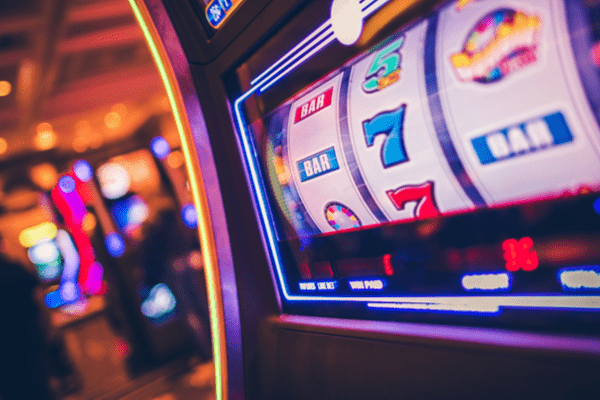Slot machines have developed considerably since their debut at the tail end of the 19th century. Simple, purely mechanical designs have evolved into much more advanced digital slot games, with more reels, new gameplay mechanics and other features.
While Slots are still the same at their very core, modern games like Congo Cash slot look very different next to an older fruit machine.
The three reel Slots of the start
In a funny way, the number of reels found on a slot machine actually went from five to three. The very first slot game design released by Sittman and Pitt in 1891 had a total of five reels, featuring 50 different playing card faces. But that game was more akin to video Poker than the sorts of Slots we have today.
The real grandfather of modern slot games was the Liberty Bell, created by San Franciscan inventor Charles Fey. With a streamlined design of just three reels and only five symbols, the Liberty Bell quickly proved itself a success across the US.
So much so that plenty of imitators sprung up on its heels, with some designs sticking to the same set of symbols as Fey and others changing them over to fruits to stand out better.
From mechanical to electrical
For decades, mechanical slot machines remained in service and plenty of new designs joined the Liberty Bell. However, by the 1960s, a change was on the horizon, with the rise of electromechanical designs.
These brought in electrical components to replace parts of the games’ innerworkings, as well as adding sounds and lights to the game cabinets. This started the general shift away from mechanical slot machines, with more and more games becoming partly or fully electronic over the course of the following years.
By the 70s and 80s, Slots had made the leap to digital with the introduction of video slots. This saw the physical reels replaced by a video screen, allowing developers to add more reels and mechanics without the same limitations on their designs.
Now, it was common to see slot games with five or even more reels and a greater variety of themes. The outcome of each spin was also now determined by a computer algorithm – the random number generator (RNG) – rather than the motion of physical components.
Online Slots and the rise of seven reels
Slot games were well placed for the wider shift towards online play of the 90s, as their designs were already largely digital. This made it simpler for developers to port them across to online platforms, even though the computer technology of the time meant that graphics and animations were more limited.
As hundreds of different slot games became available through the 2000s, online developers continued to experiment, in some cases increasing the number of reels to six or even seven to help set their games apart.
—
While many slot games opt for a medium of five reels these days, there are still plenty of games that use as many as seven or as few as three reels. No matter the number of reels, Slots will continue to evolve in the years ahead.

